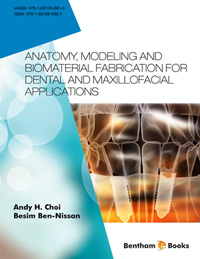Abstract
Bioceramics prior to the 1970s were utilized as implants to perform singular and biologically inert roles. The limitations with these manufactured materials as tissue substitutes were emphasized with the growing realization that tissues and cells of the human body function other different metabolic and regulatory roles. The demands of bioceramics have changed from sustaining a fundamentally physical function without provoking a host response to providing a more positive interaction with the host ever since. This has been complemented by increasing demands on medical devices to extend the duration of life in addition to improving its quality. More importantly, the exciting and potential opportunities associated with the use of nanobioceramics as body interactive materials, facilitating the body to heal, or promoting the regeneration of tissues, therefore restoring physiological functions. Major factors in determining the potential applications of a biomaterial are its biocompatibility and functionality. Furthermore, the bioceramic should not suffer any deformation when loaded under physiological situations. In terms of mechanical properties, the safety of ceramic components is related to their mechanical strength. As a result, improving the mechanical strength of ceramics is the primary objective as well as all the properties which are interrelated to strength.
Keywords: Alumina Al2O3, Bioactive glass, Bioceramics, Bioglass, Calcium phosphate, Fracture toughness, Glass ceramics, Hot isostatic pressing, Hot pressing, Hydroxyapatite HAp, Nanobioceramics, Nanocomposites, Partially stabilized zirconia PSZ, Sol-gel, Zirconia ZrO2, 3-D printing.






















